A great way to personalize a home and make it uniquely yours is to create a landscape design that is specific to you and your home’s surroundings. The design and style of your landscape can vary depending on a variety of factors, the biggest of which is climate. California is divided into 16 different climate zones, each one with its own nuances which you will need to consider if you wish to create a landscape that can thrive around your home.
California, being a state of such diverse biomes and weather conditions, is also home to a wide range of microclimates. One very simple example of microclimates is the side of a hill. Depending on which side of a hill you live on, there may be a microclimate that sees less sunlight than its surroundings. Naturally, this means the plants and foliage that grow there are going to be different from those on the opposite side.
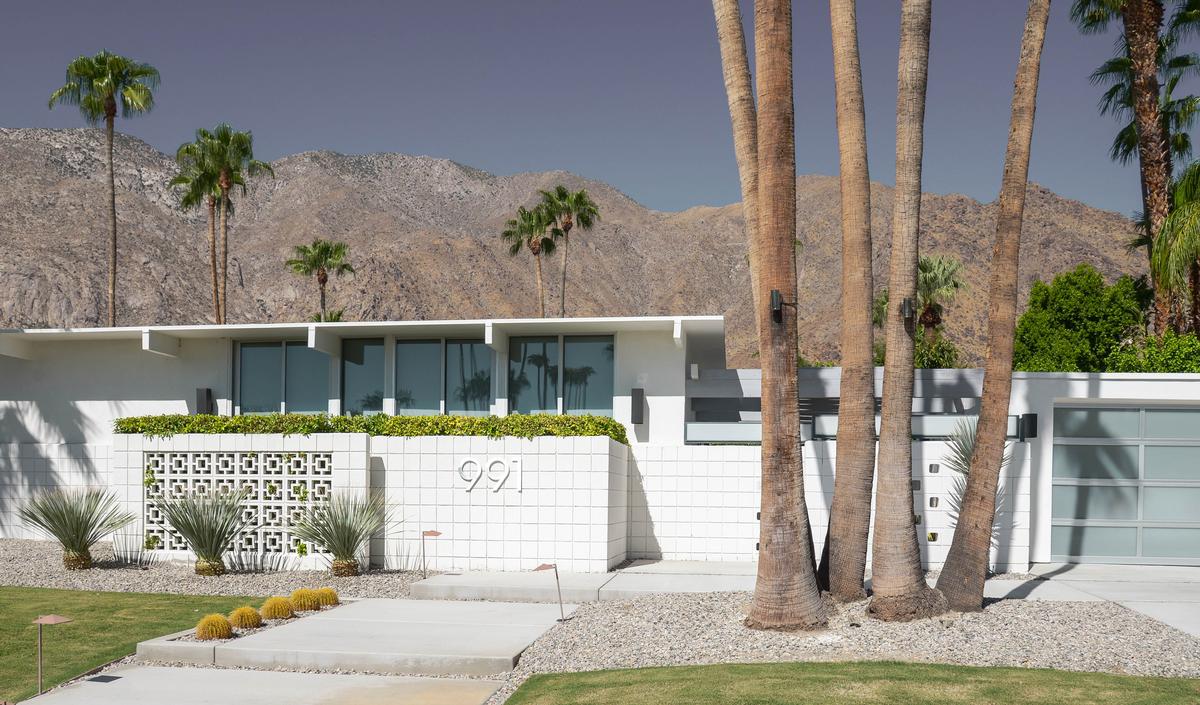
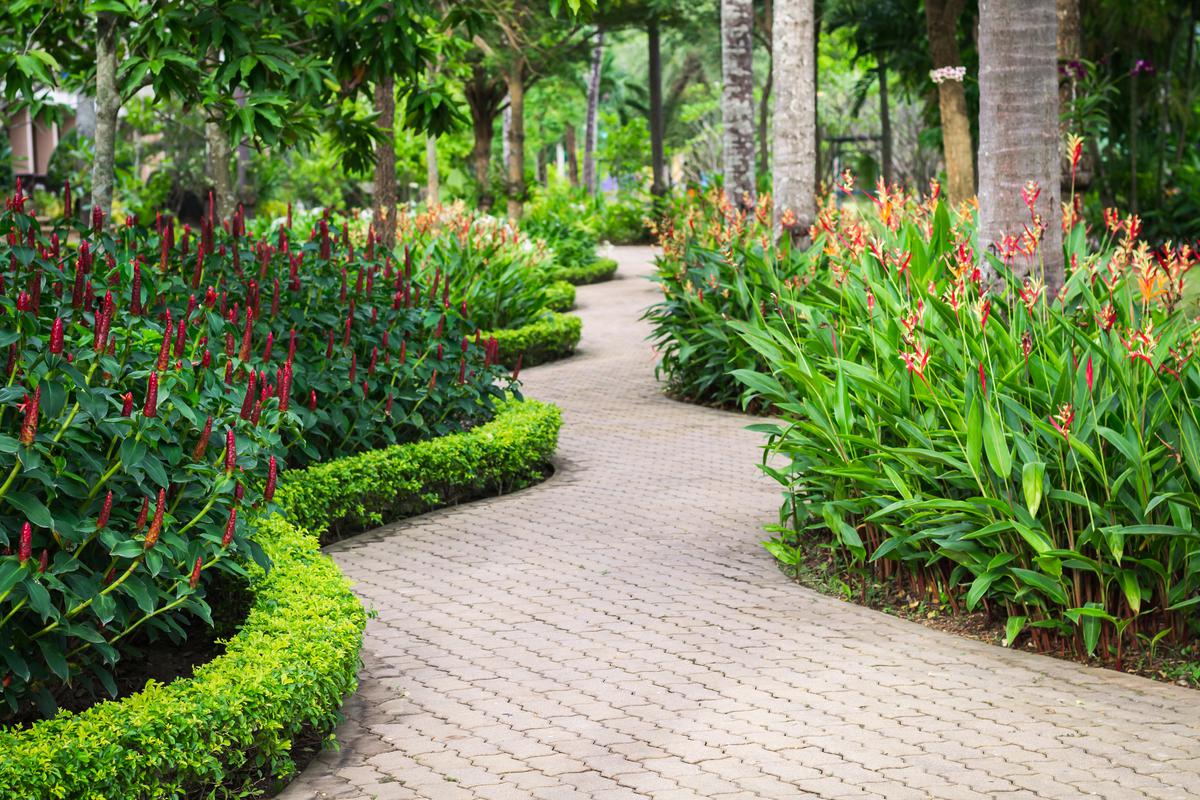
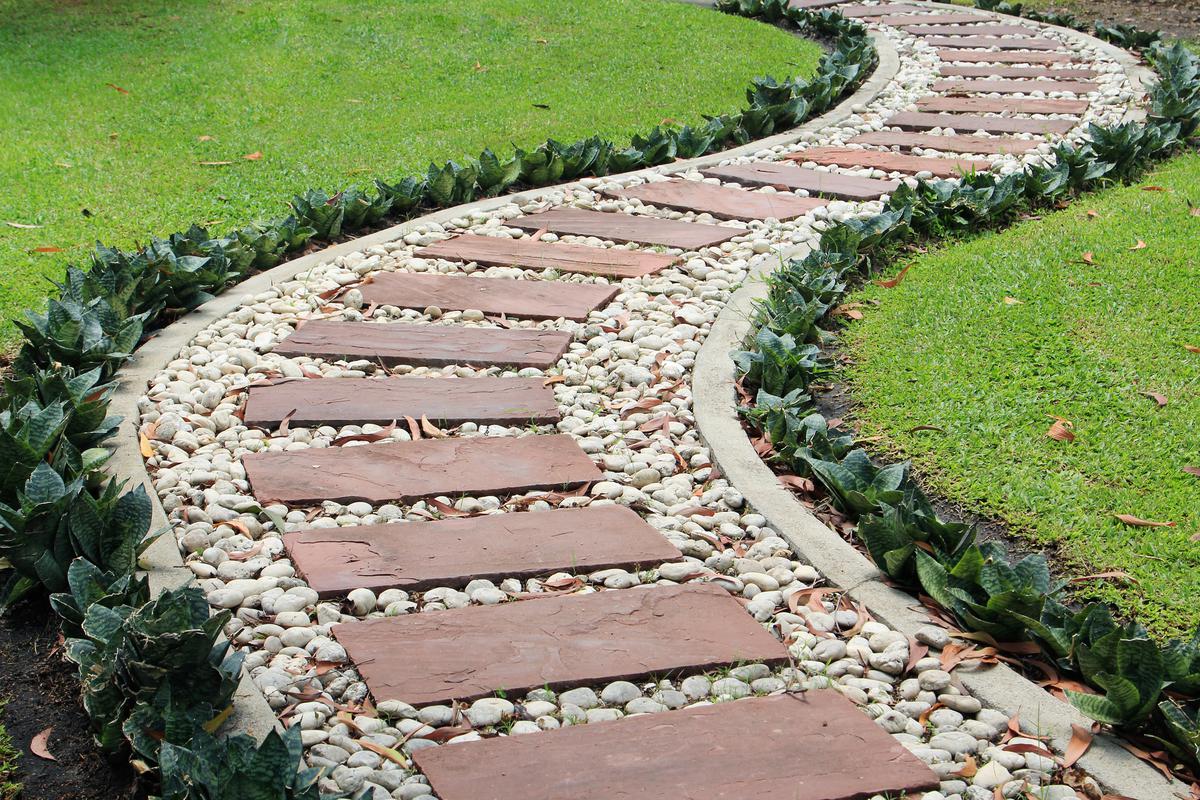
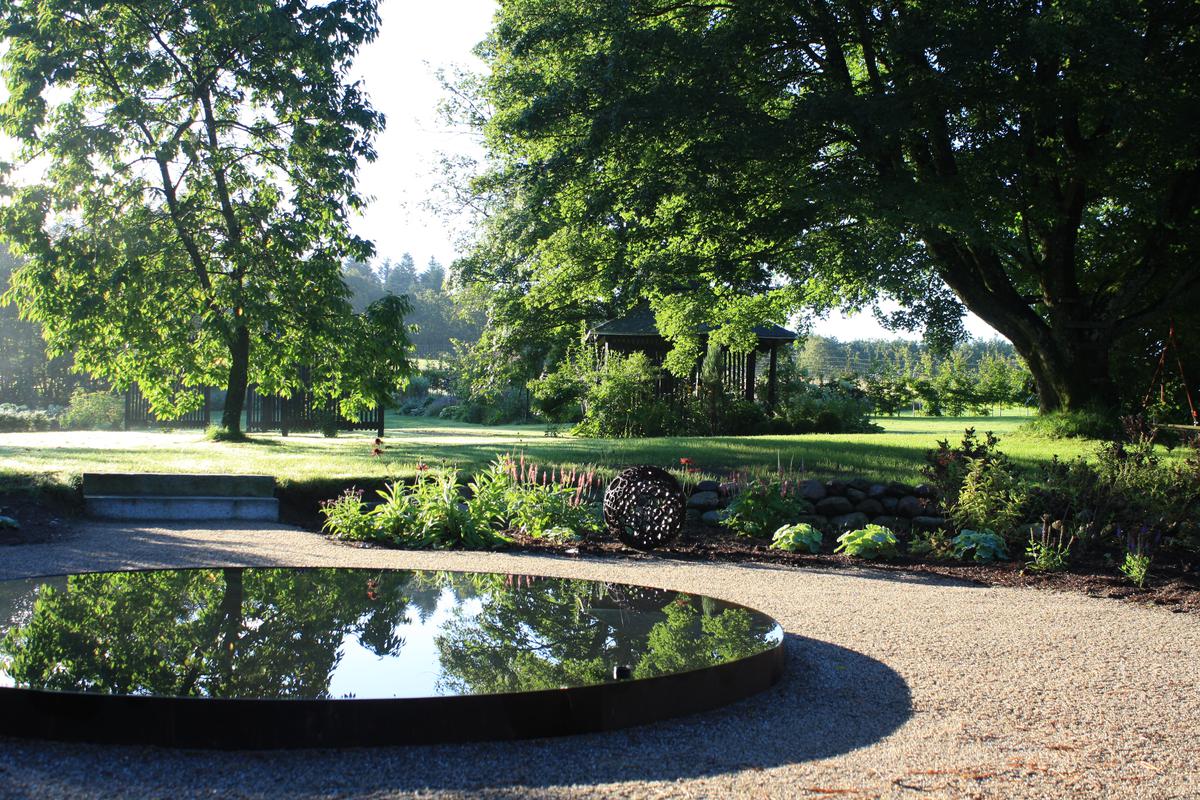
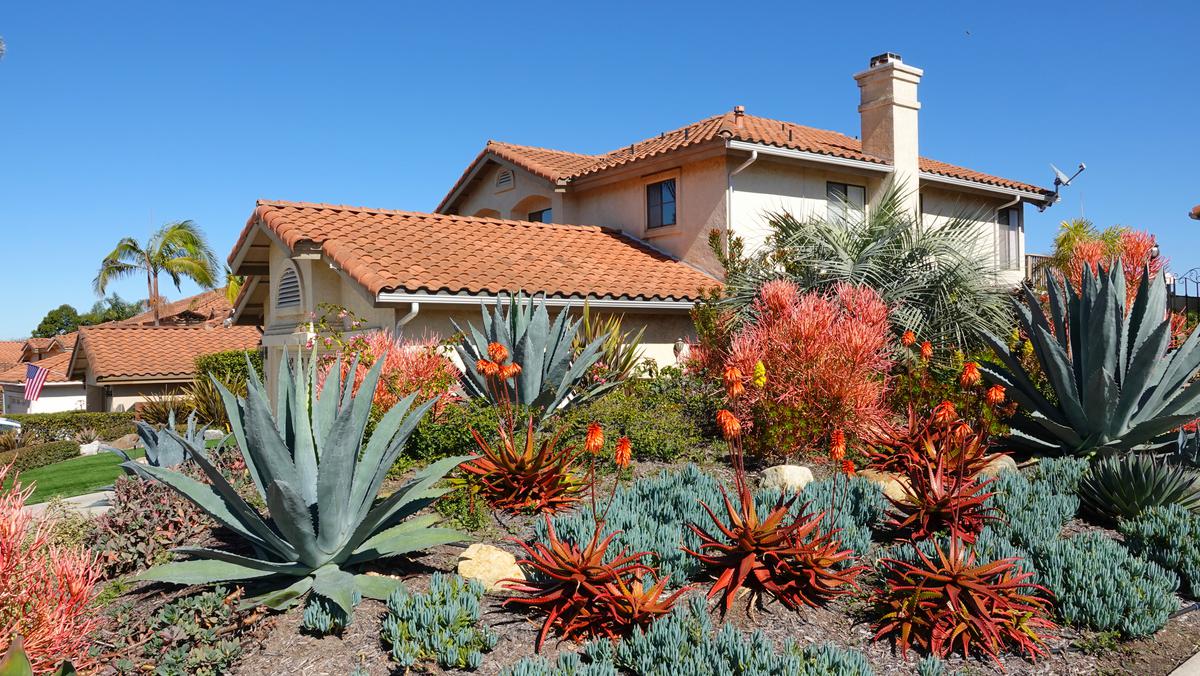
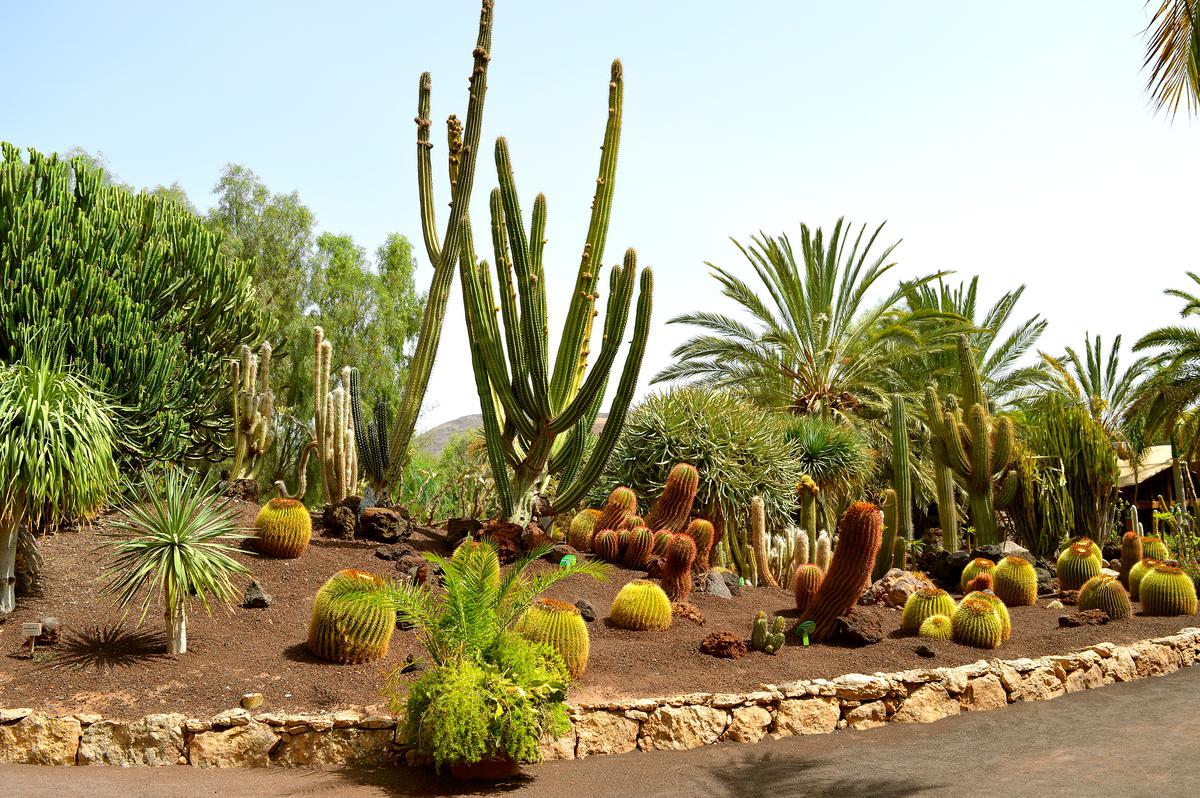
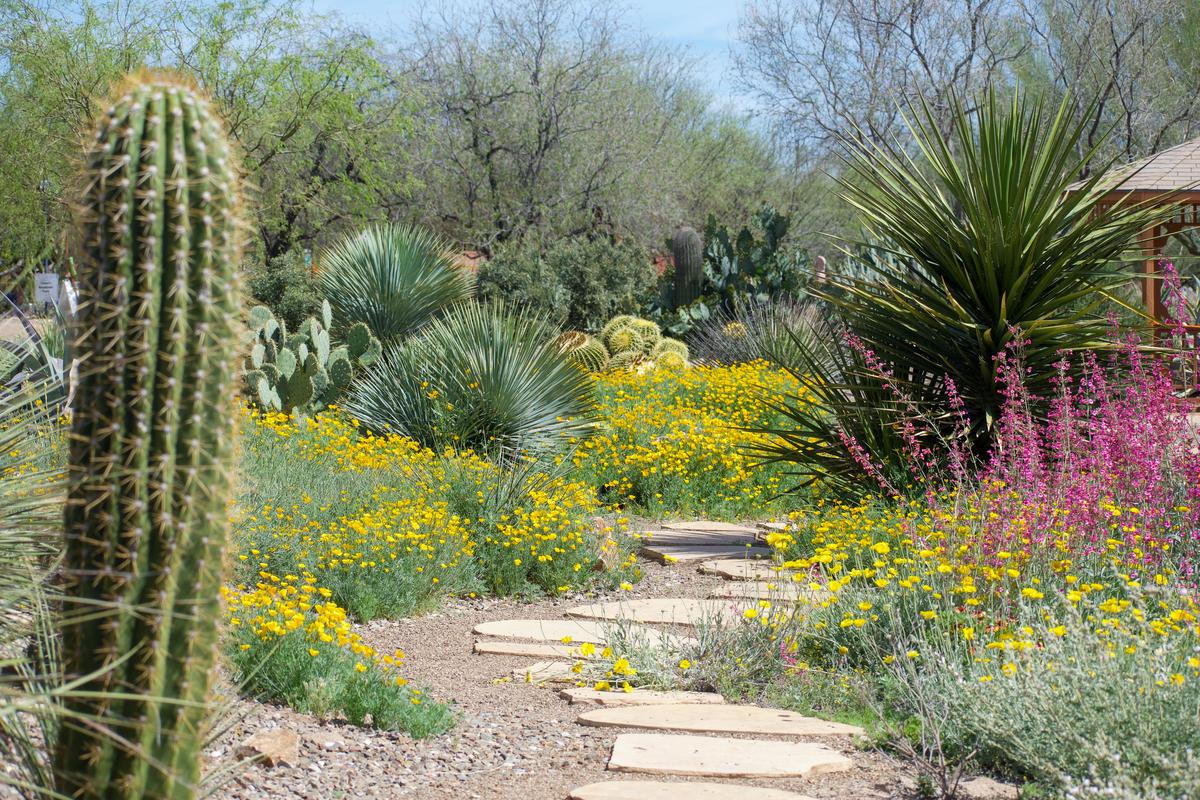
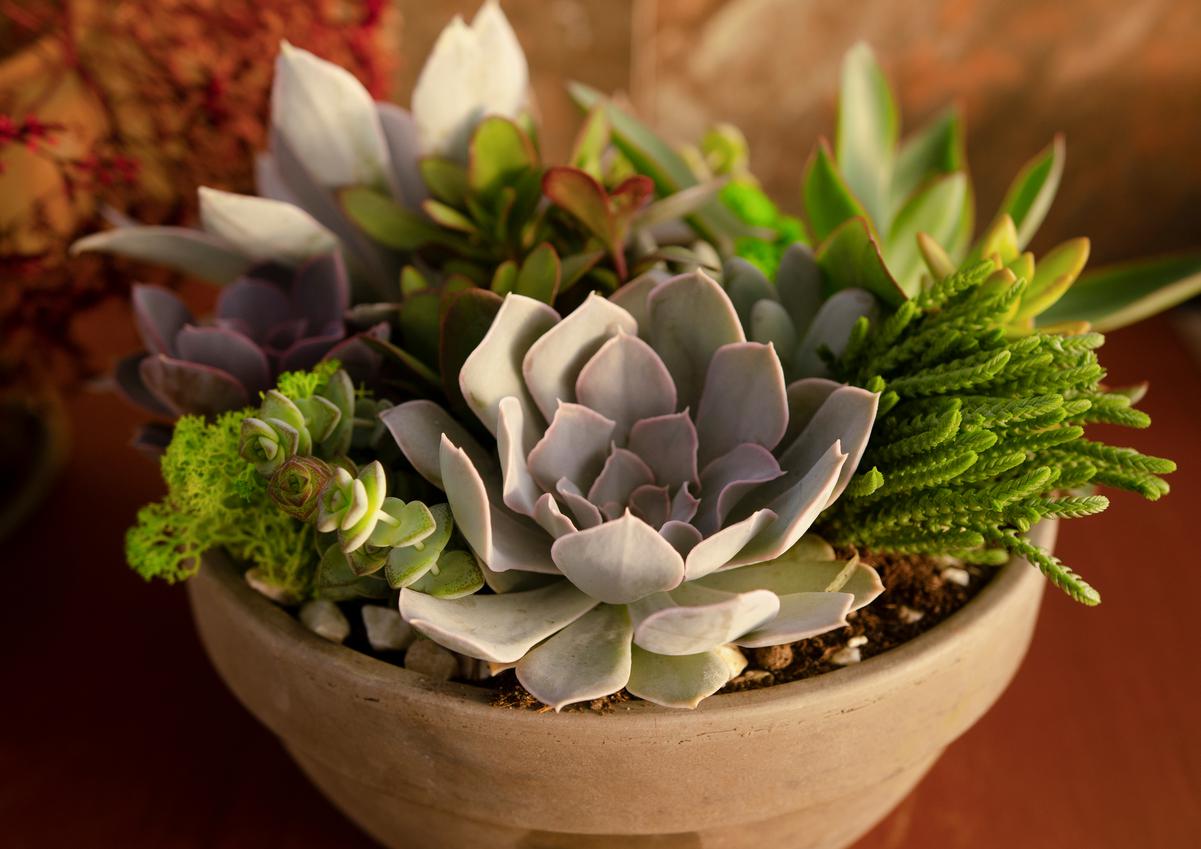
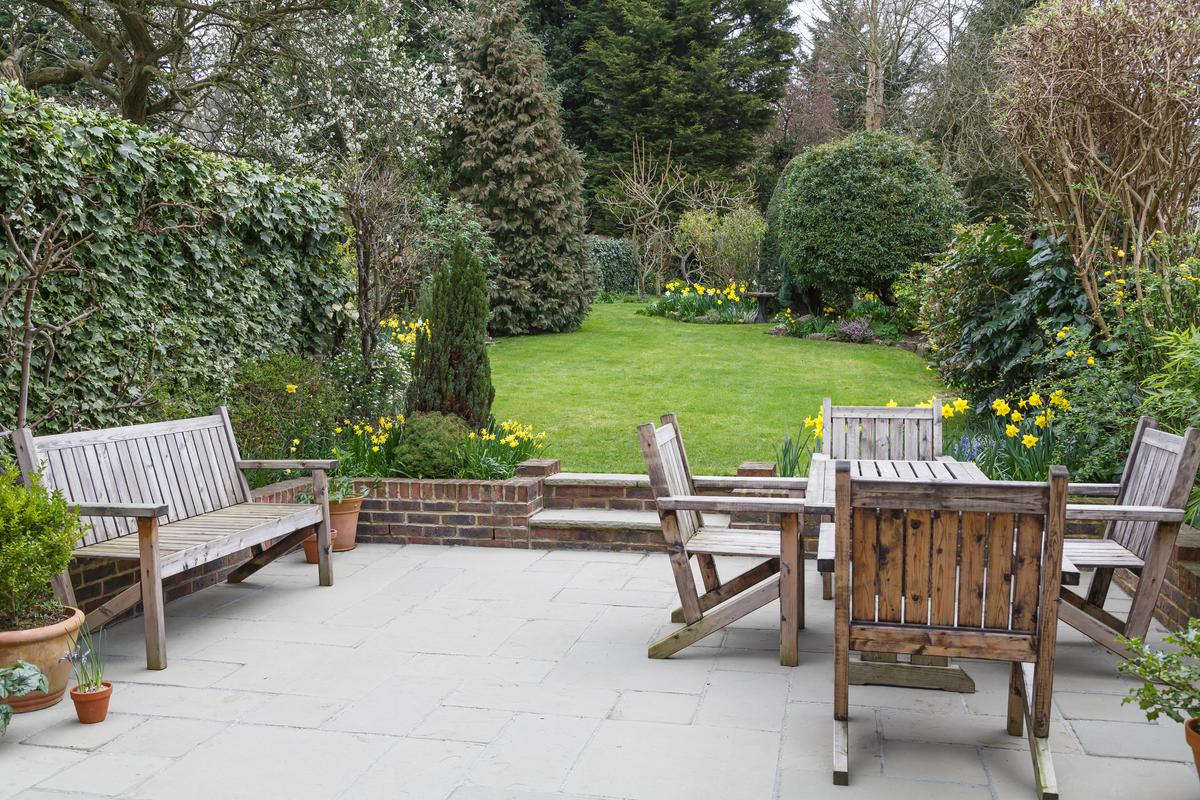
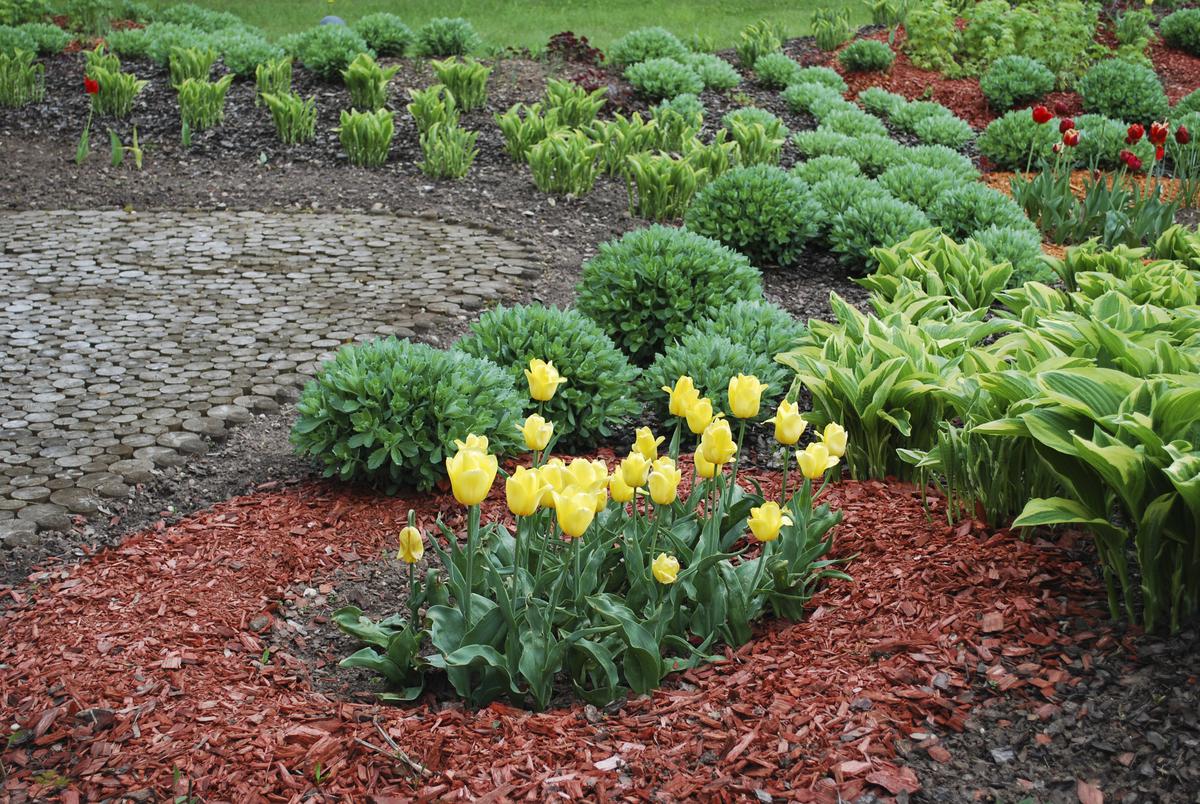
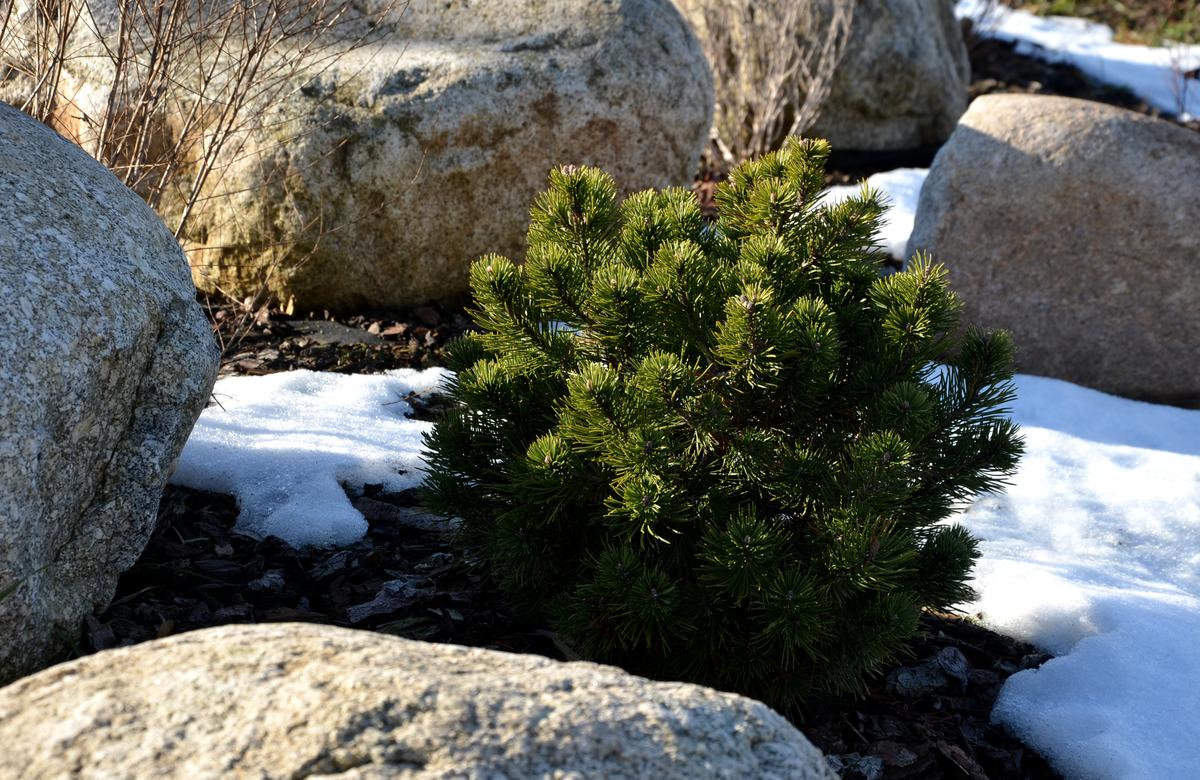

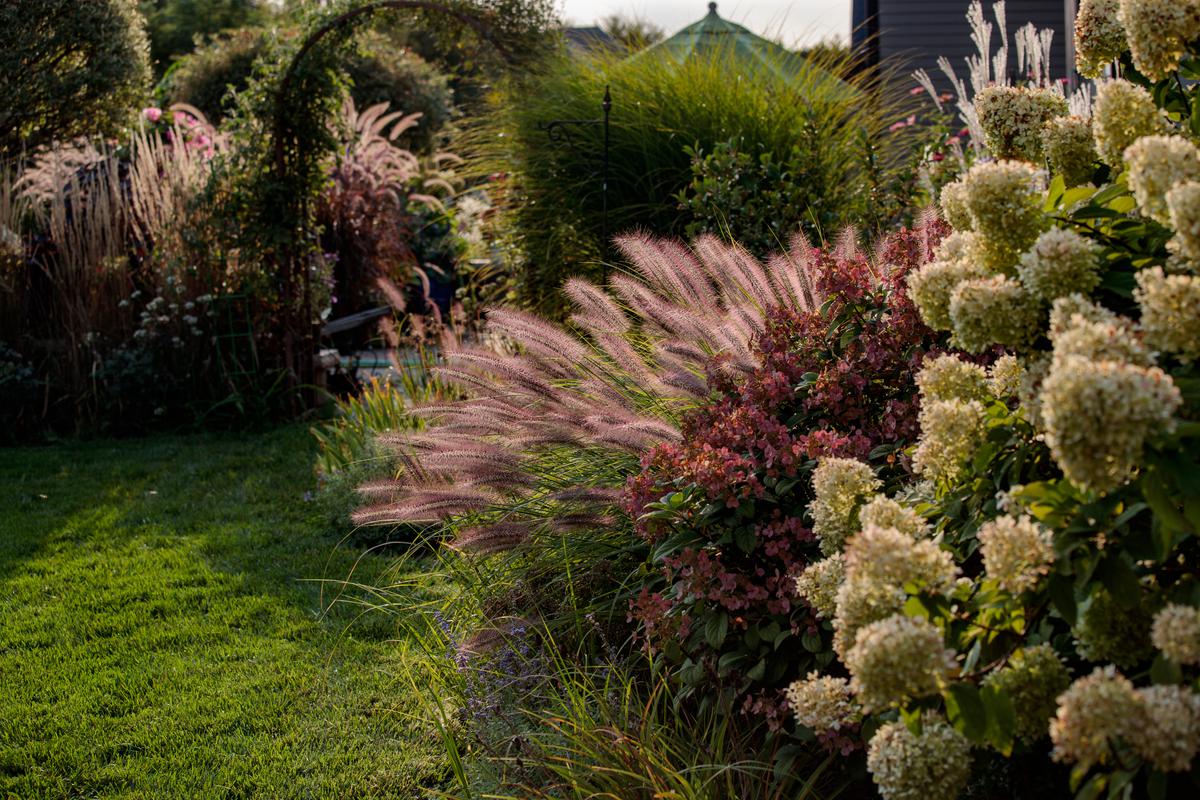
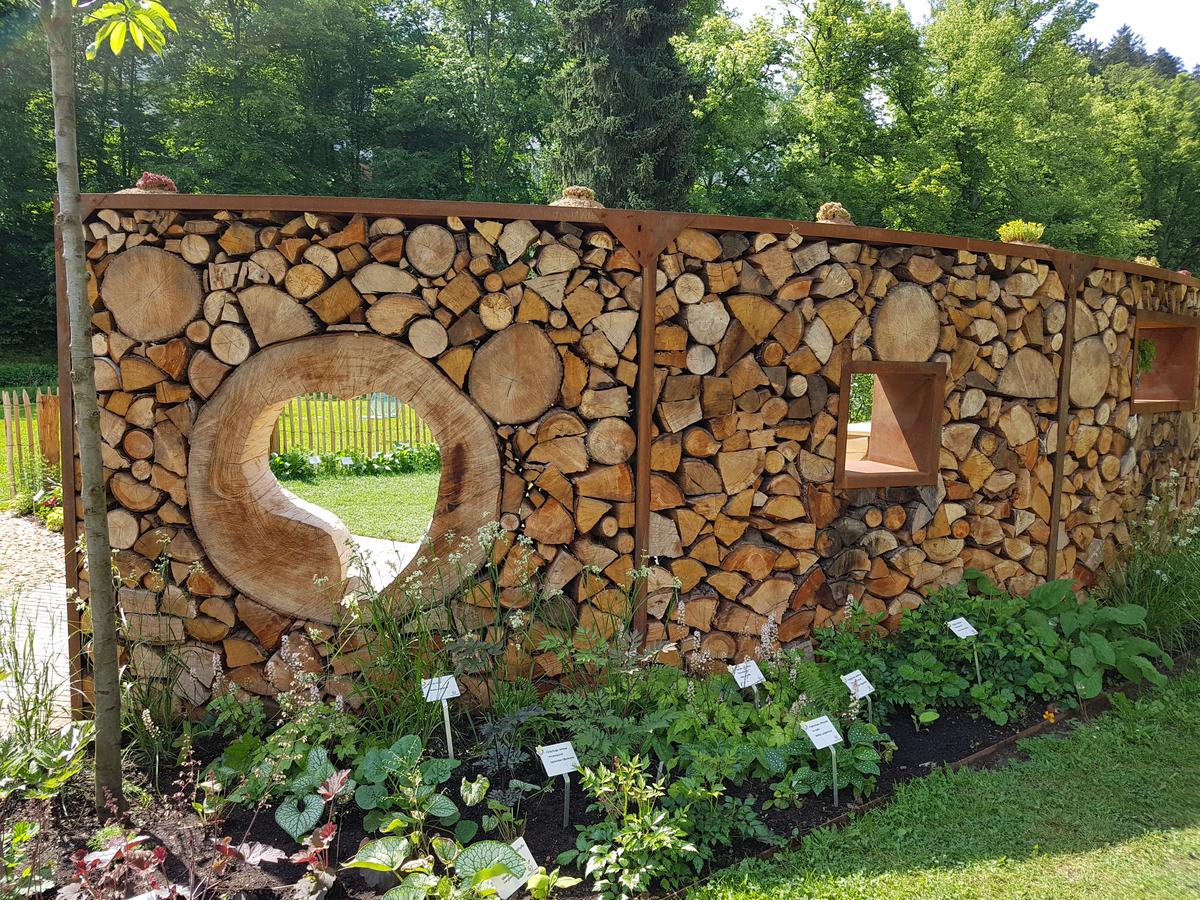
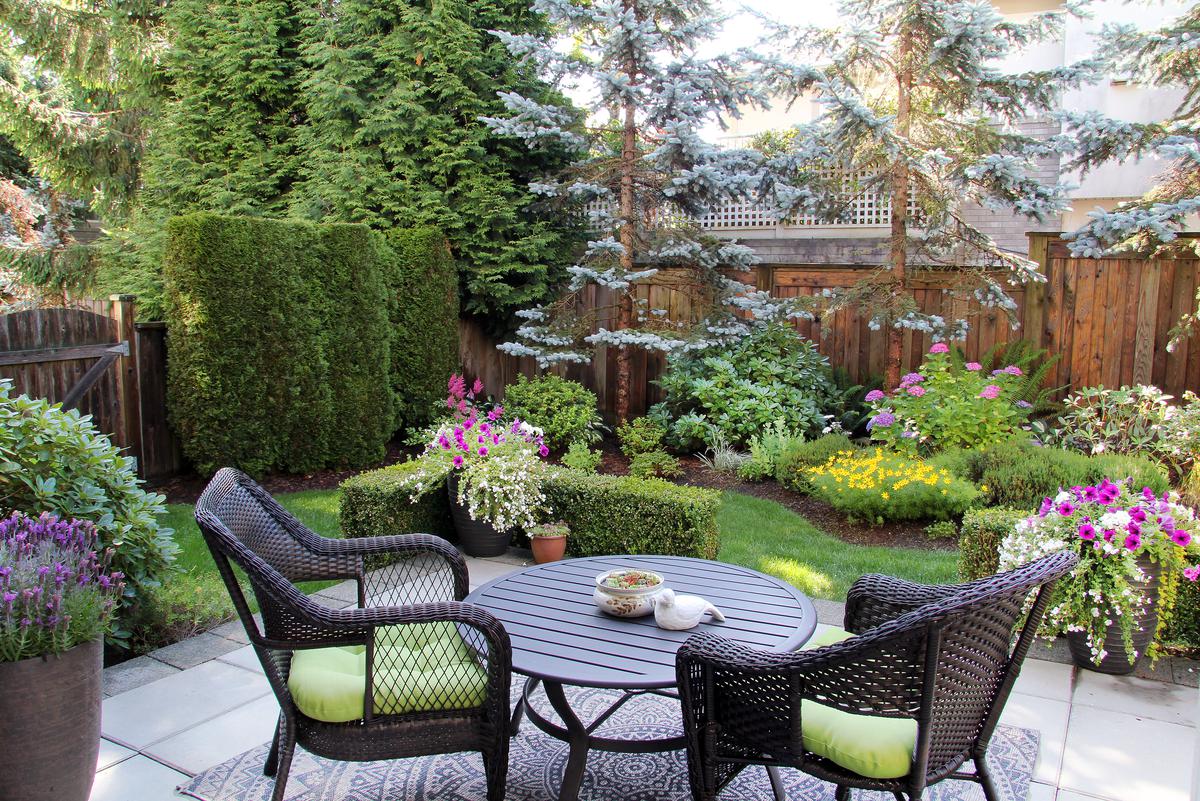

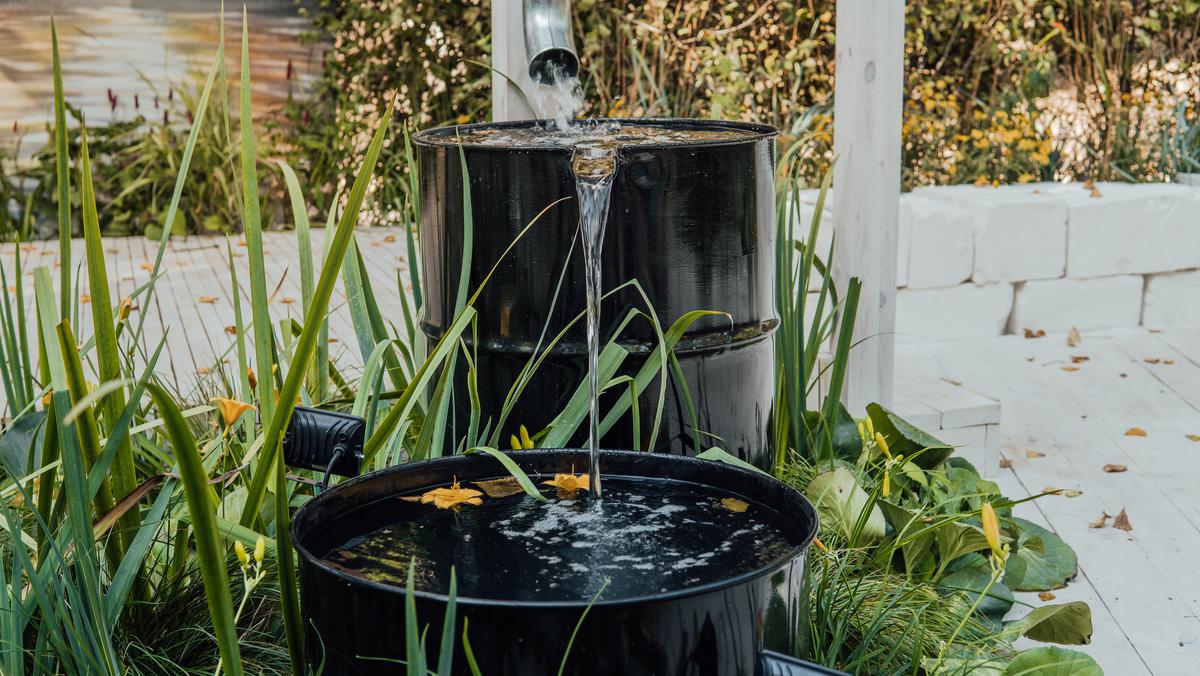
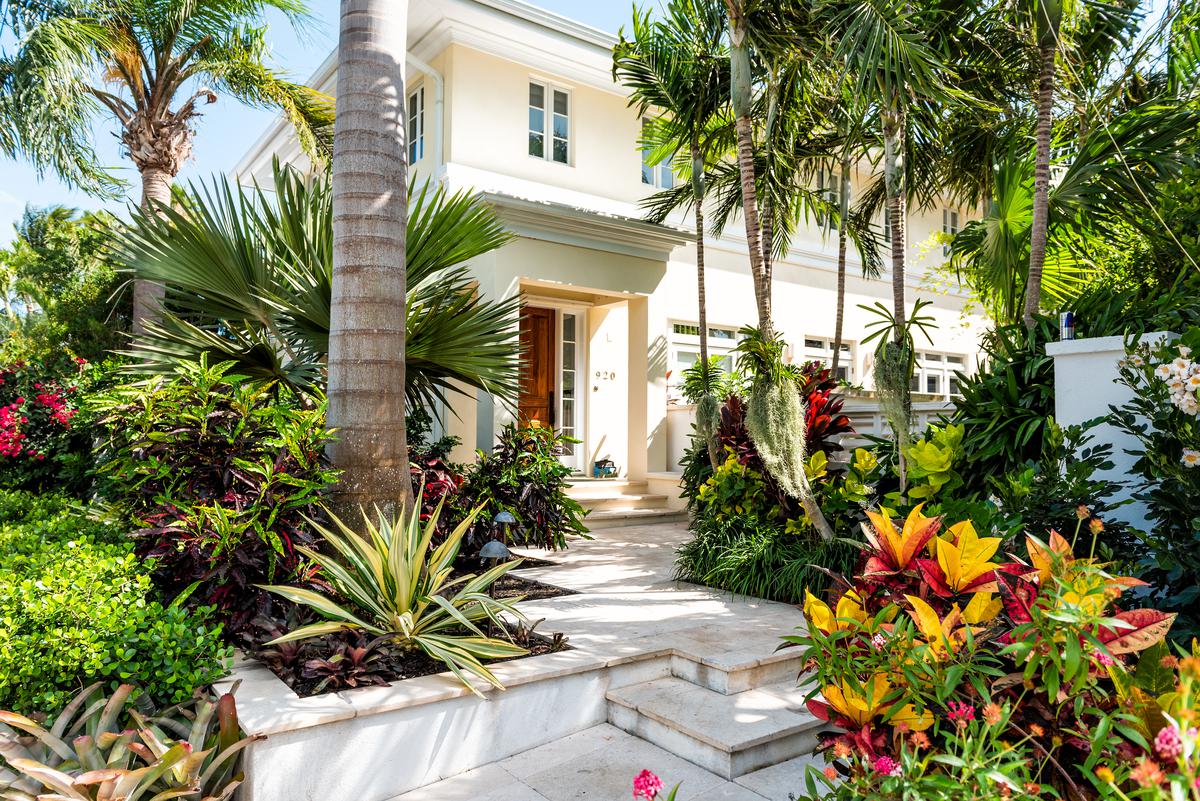
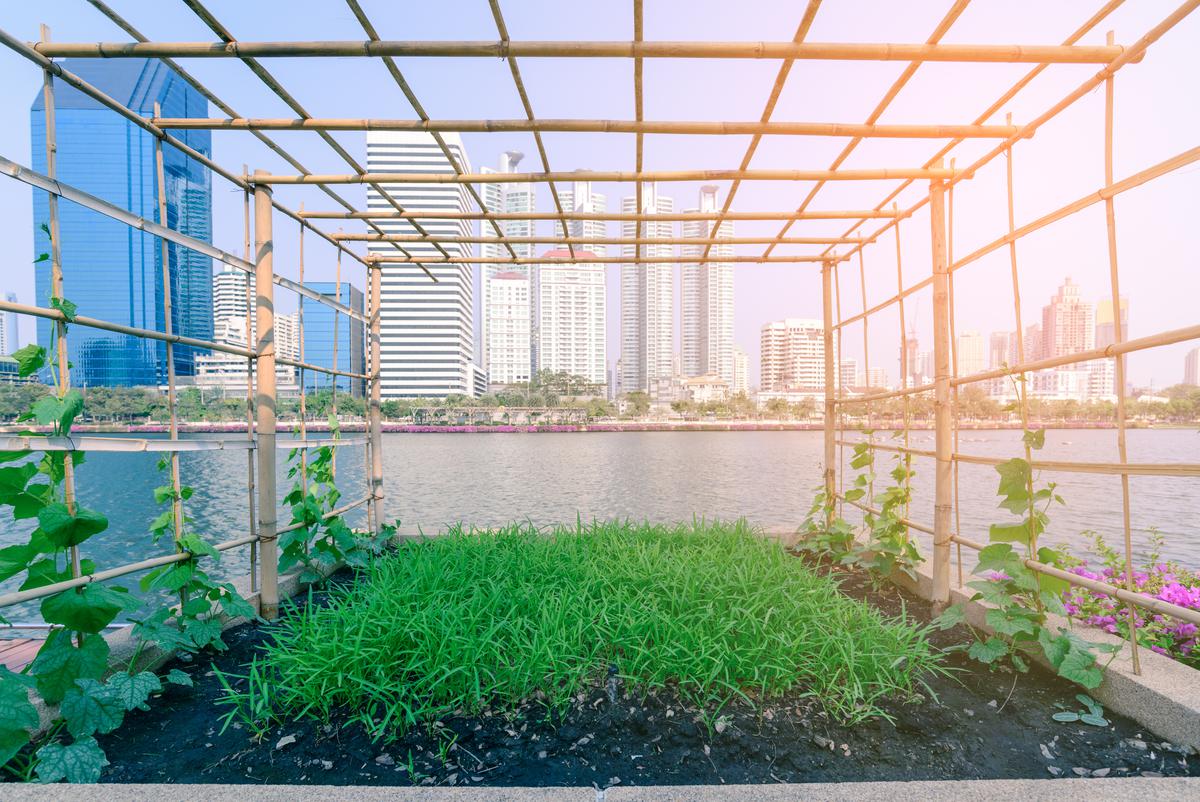
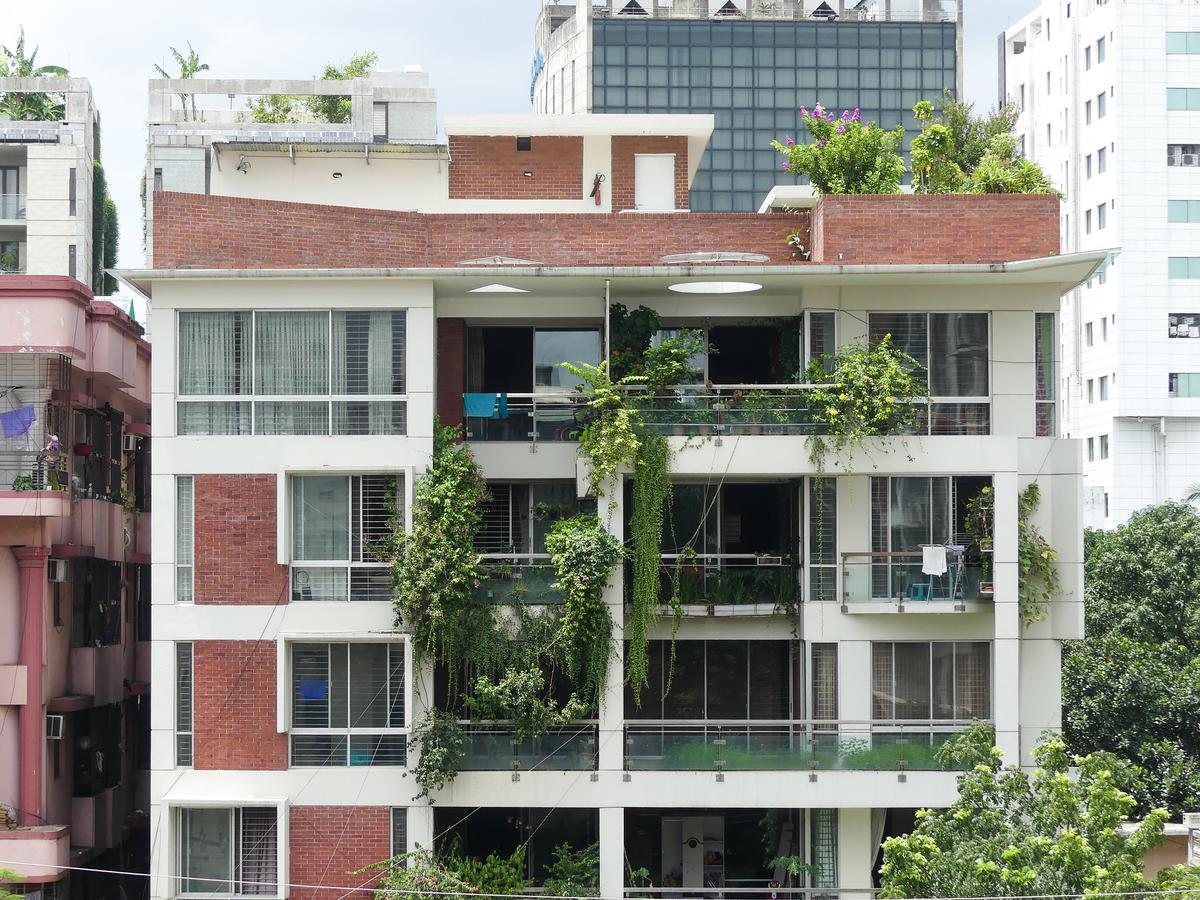
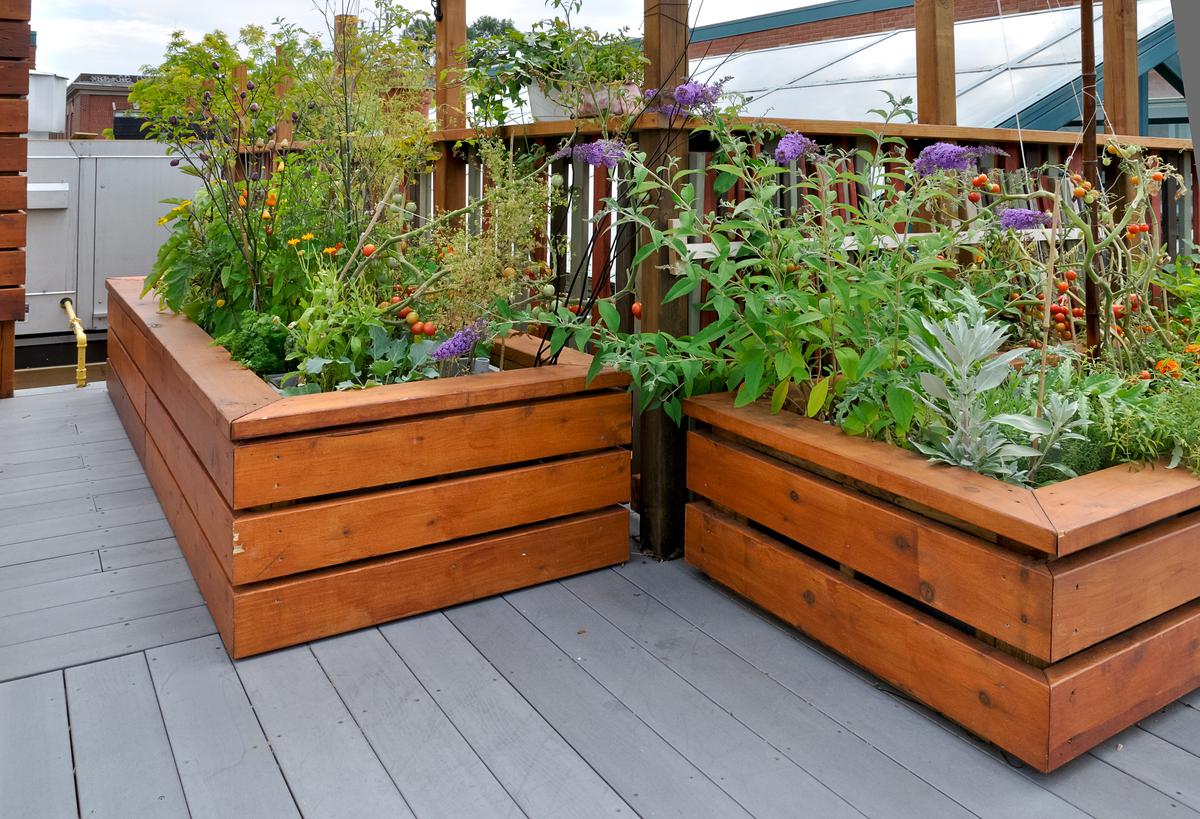

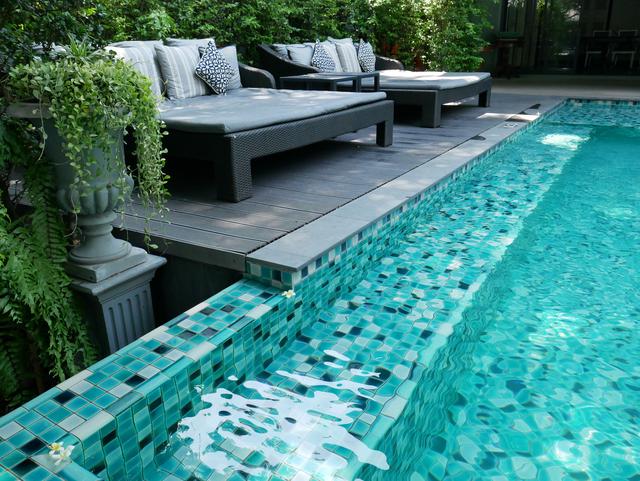
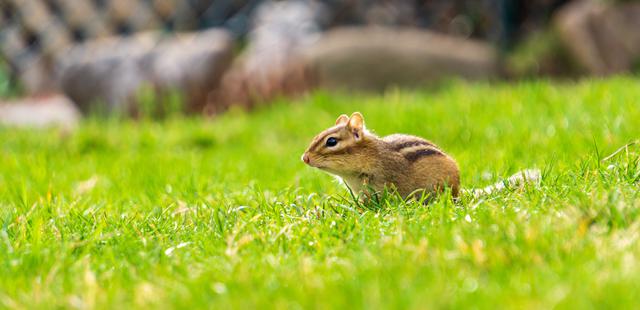
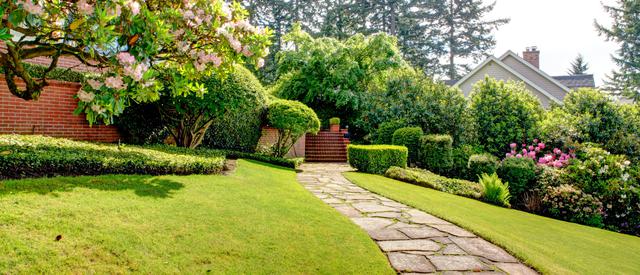
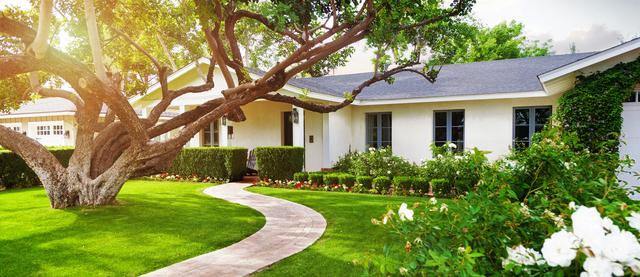
comments